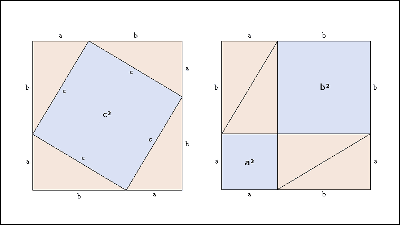Scientifically explain why the stars in the night sky are represented by "☆"

In many countries around the world as well as in Japan, stars are represented by "☆" marks. If you think carefully, an explanatory movie that explains the simple question of why a sphere star is expressed in a polygon is a commentary movie that explains scientifically perfectly.
Why are Stars Star-Shaped? - YouTube
Many people express stars as "☆".

Pentagram starEven if it is not a star that is frequently expressed with a pointed jagged mark.

However, the stars of stars are spherical.
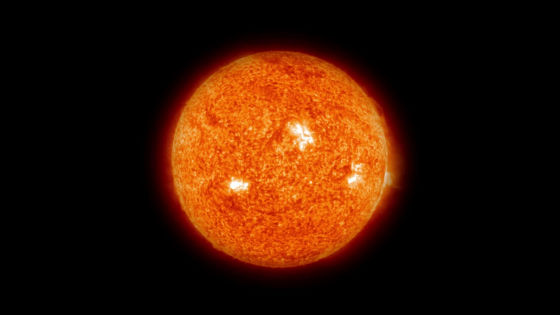
Furthermore, many stars floating in the galaxy should only be seen as dots.
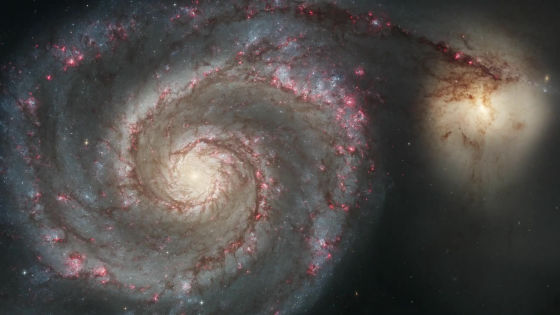
But why do you draw it as ☆?
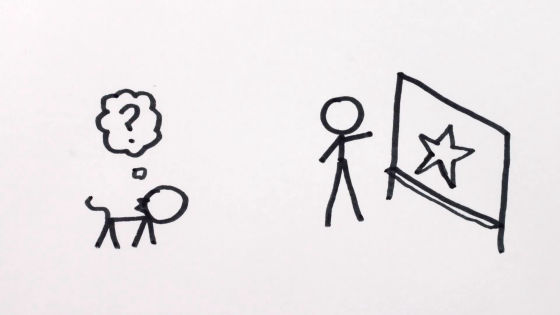
That is because we see the stars as "dots".
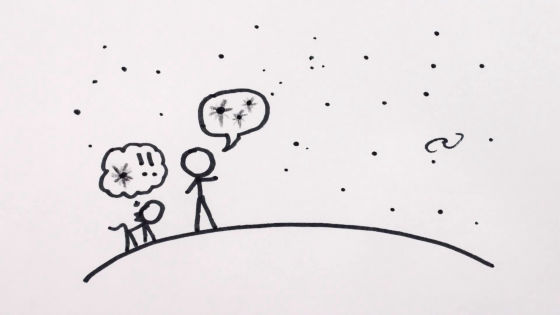
Let's experiment a little. Please maximize the movie and see if you can relax with one eye if possible.
Does not it look like this?
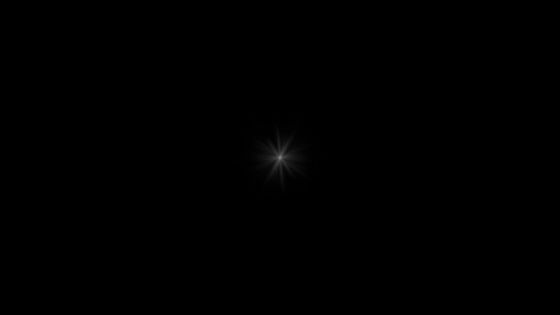
It is not only human beings that stars can be seen like this.
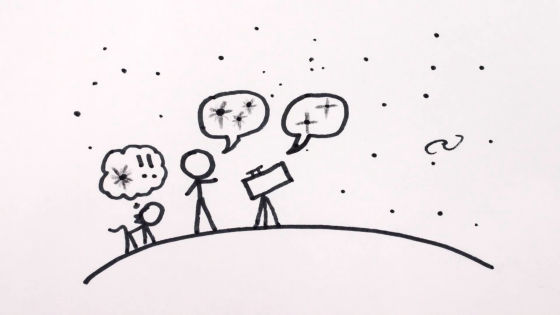
This is a star shot by the astronomical telescope. After all it is jagged and sharp.

The reason is that light is a "wave".
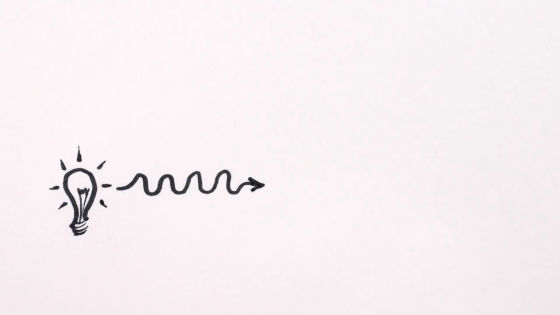
When the light that is a wave passes through a very small hole or hits an obstacle, the wave goes around the object "diffractionThe phenomenon occurs.

People are exposed to the diffracted wave state light on the retina and feel "visible".
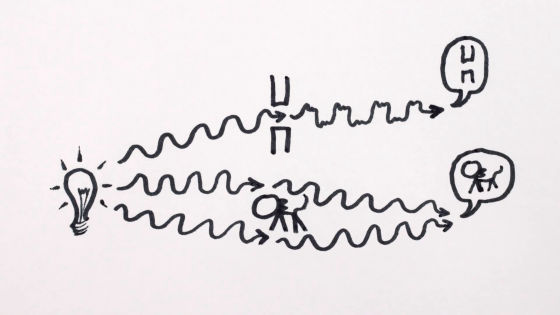
If you look at the light in a vertical slit or a very thin object ......
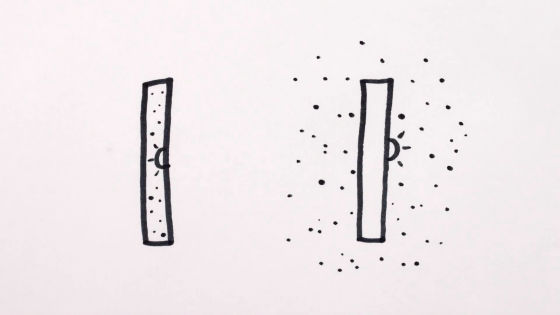
Due to the diffraction of the light, light appears to spread out in a stripe pattern (broken line in this case).
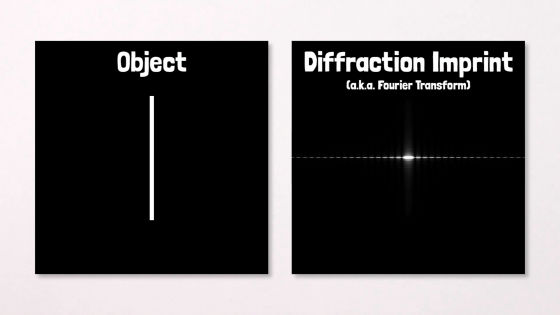
If the slits intersect cross, the light from the intersection should look like this.
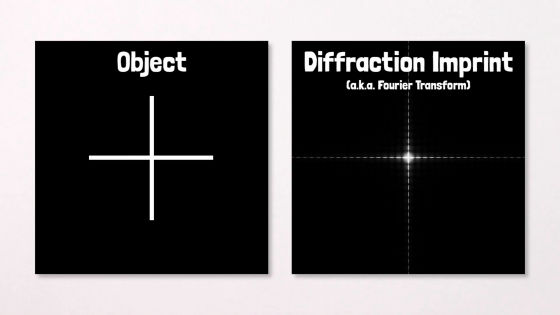
If the hole is circular, it looks like this.

If the hole is square it is like this.
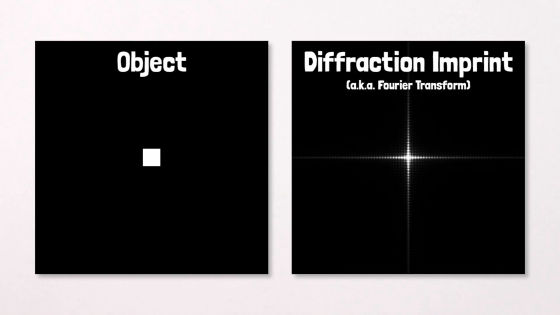
If the hole is a hexagon, it looks like this.
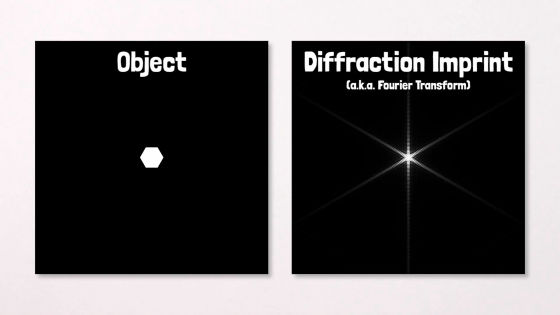
If two slits are like this.
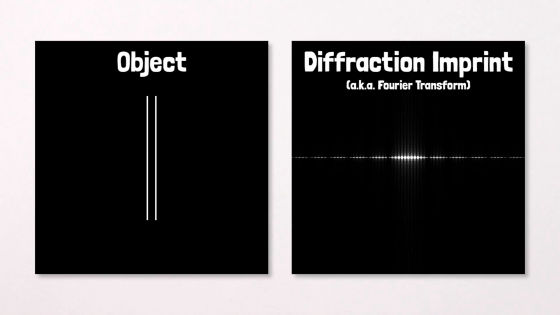
One push is this complicated slit. Light passing through the slit draws a beautiful diffraction pattern as shown on the right.
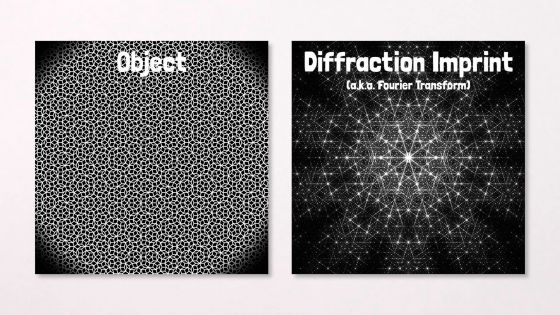
In other words, the light like a small point ...
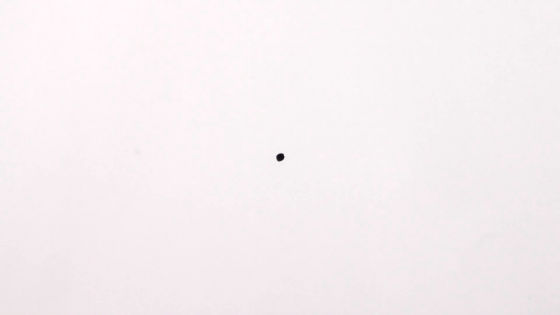
It is to draw a unique diffraction pattern depending on the hole that passed and the object wrapped around.
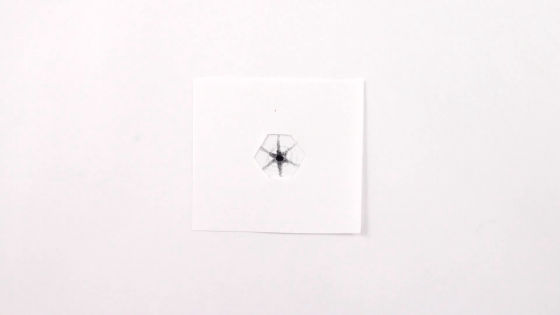
In the case of the Hubble Space Telescope observing stars from the universe ......
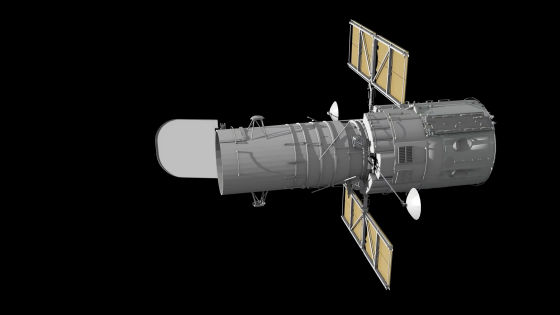
The post fixing the second mirror extends crosswise.
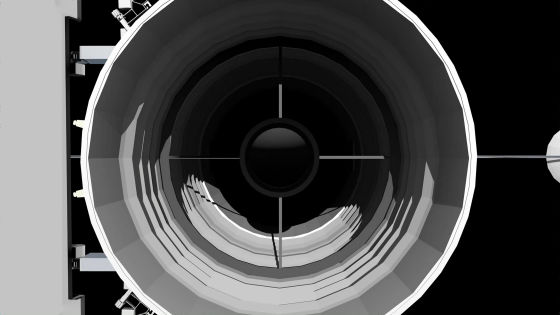
In the case of the Hubble Space Telescope, it should be a cross diffraction pattern ... ....
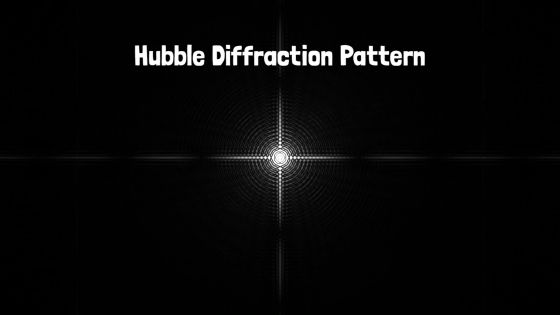
When you look at the picture actually taken by the Hubble Space Telescope, you can surely see the cross pattern of the diffraction pattern of the stars.
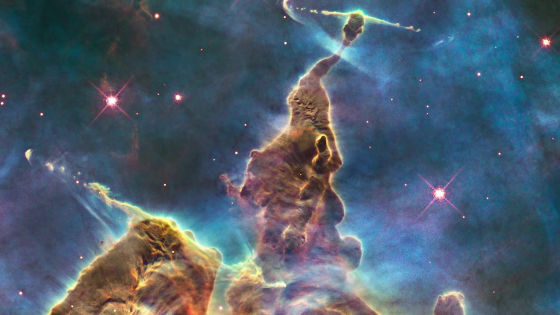
The light taken with a general camera is also affected by diffraction of the lens.

Then how about human eyes?
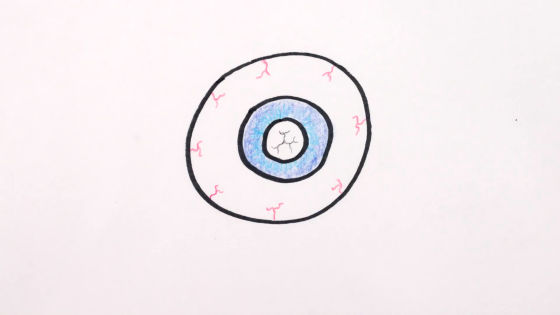
There is a line called a suture line in the crystalline lens corresponding to the lens of the eye.
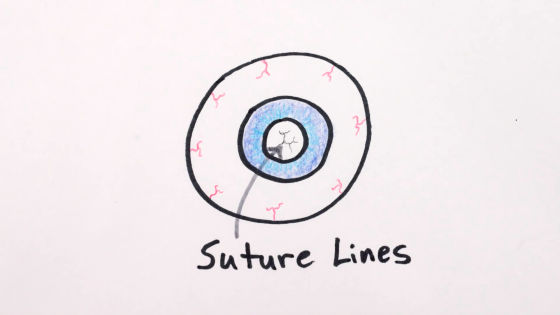
When the light diffracts on this suture line, it becomes a pattern as shown on the right.
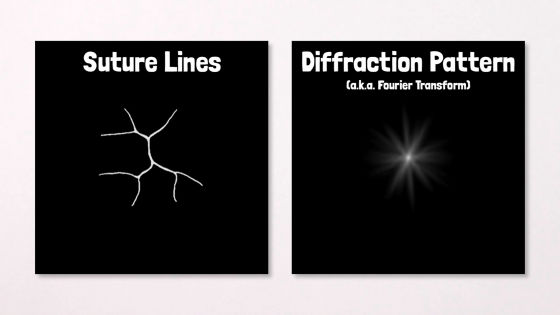
In other words, due to the diffraction of light by this suture line, the star which is a small point can be seen as ☆.
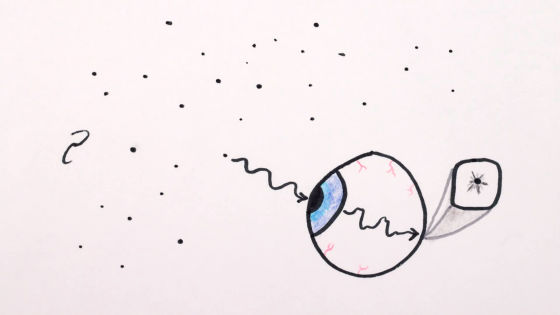
By the way the sewing lines of human eyes are unique to each person.
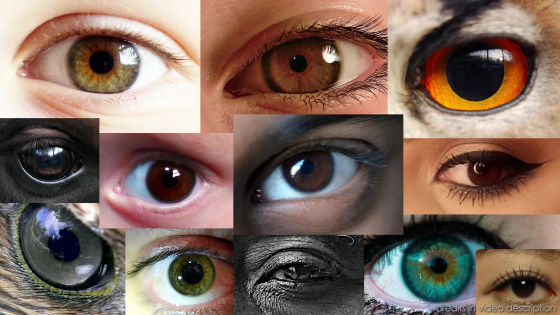
Even the left and right eyes have different suture lines, so when looking at stars you change their eyes one by one, the shape of stars may look different.
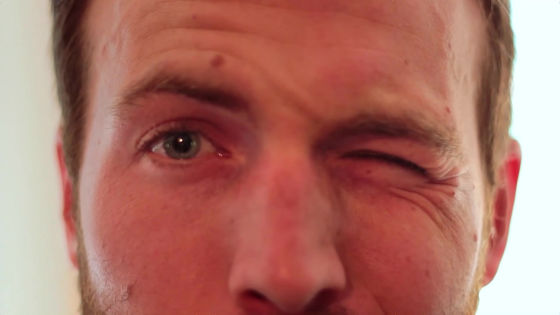
Therefore, it is correct that all stars look the same shape even if there are big and small differences. Drawing stars in various forms is scientifically a mistake.

By the way, because red light with longer wavelength diffracts more than shorter wavelength purple ... ...
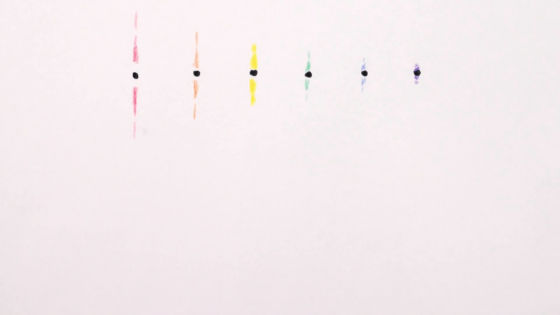
The light of these different wavelengths turns into rainbow-colored light like this.
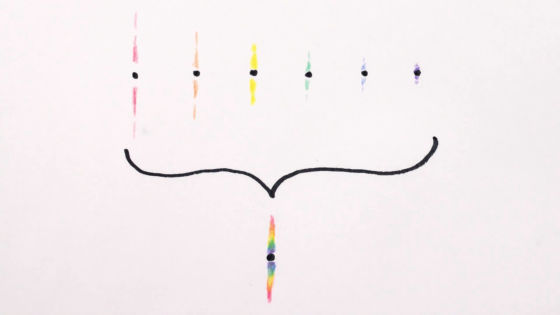
If you look carefully at the stars taken by the Hubble Space Telescope you should be able to find a small rainbow in the starlight.
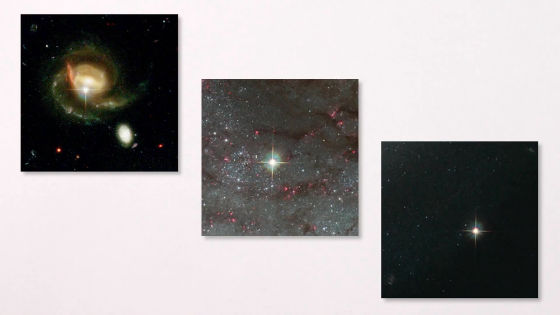
So when you draw a star scientifically it will look something like this.
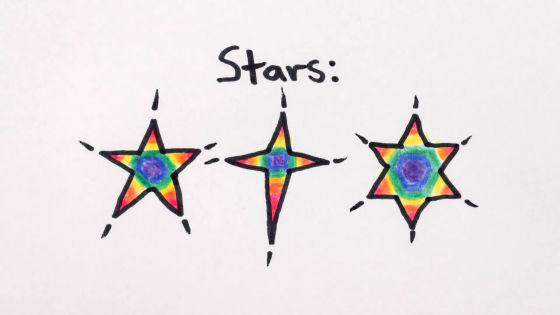
Related Posts:

